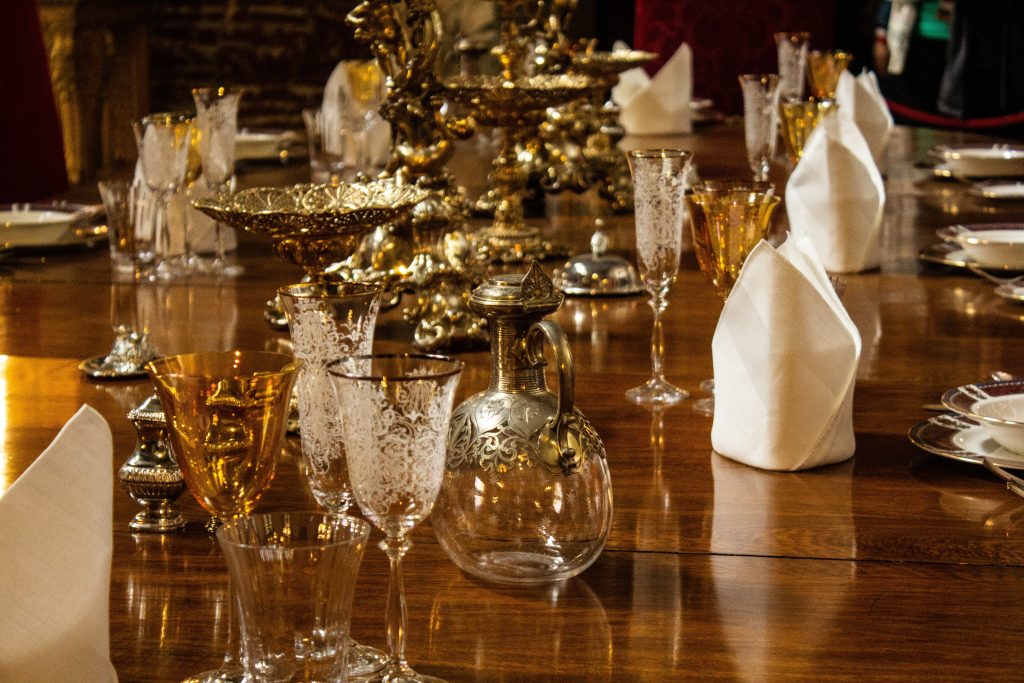Introduction:
Dinnerware, the silent star of every meal, holds the power to transform a simple gathering into a memorable feast. Beyond its functional role, dinnerware serves as a reflection of personal style, cultural heritage, and the evolving trends of design. In this exploration of dinnerware, we embark on a journey through its rich history, diverse materials, and the ways in which it elevates our dining experiences to moments of refined elegance.
A History Etched in Plates:
The story of dinnerware is a tapestry woven with threads of cultural traditions and societal evolution. From the ornate china plates of aristocratic banquets to the practicality of everyday stoneware, each era has left its mark on the shapes, patterns, and materials used in crafting dinnerware. The evolution of dining etiquette and the art of table setting further emphasize the importance of this often-overlooked aspect of our daily lives.
Materials, Craftsmanship, and Aesthetic Appeal:
Dinnerware comes in a multitude of materials, each contributing to the overall aesthetic and functionality of the dining experience. Fine bone china, elegant porcelain, rustic stoneware, and modern melamine offer a broad spectrum of choices. Craftsmanship shines through in hand-painted designs, intricate patterns, and textured surfaces that turn each plate, bowl, and cup into a work of art that delights the senses.
Tablescaping as an Art Form:
Setting a table is more than just arranging plates and utensils; it’s an art form known as tablescaping. The careful selection of dinnerware, complemented by coordinated flatware, glassware, and decorative elements, creates a visual symphony that enhances the overall dining experience. From formal dinners to casual brunches, the art of tablescaping adds a layer of sophistication and personal expression.
Cultural Nuances on the Table:
Dinnerware often carries the echoes of cultural traditions, reflecting the unique rituals and customs of diverse societies. Japanese kaiseki dining emphasizes minimalist elegance, while Indian thali plates showcase a vibrant array of flavors. The regional influences on dinnerware design offer a fascinating glimpse into the interconnectedness of food, culture, and art.
Eco-Friendly Innovations:
As awareness of environmental sustainability grows, so does the demand for eco-friendly dinnerware options. From bamboo fiber plates to recycled glass bowls, designers are incorporating sustainable materials into dinnerware collections. The marriage of aesthetics and eco-consciousness allows consumers to make choices that align with both style and values.
Embracing Mix-and-Match Trends:
Modern dining aesthetics often embrace the charm of mix-and-match dinnerware. Combining different patterns, colors, and materials adds an eclectic and personalized touch to the dining table. This trend encourages creativity and self-expression, challenging conventional notions of uniform table settings.
Conclusion:
Dinnerware, often taken for granted in its everyday use, is a canvas for art, culture, and personal style. The careful selection of plates, bowls, and cups allows us to curate a dining experience that goes beyond the mere act of eating. So, whether you’re enjoying a simple family meal or hosting a grand feast, let your dinnerware tell a story – a story of elegance, tradition, and the joy of sharing moments around the table.

